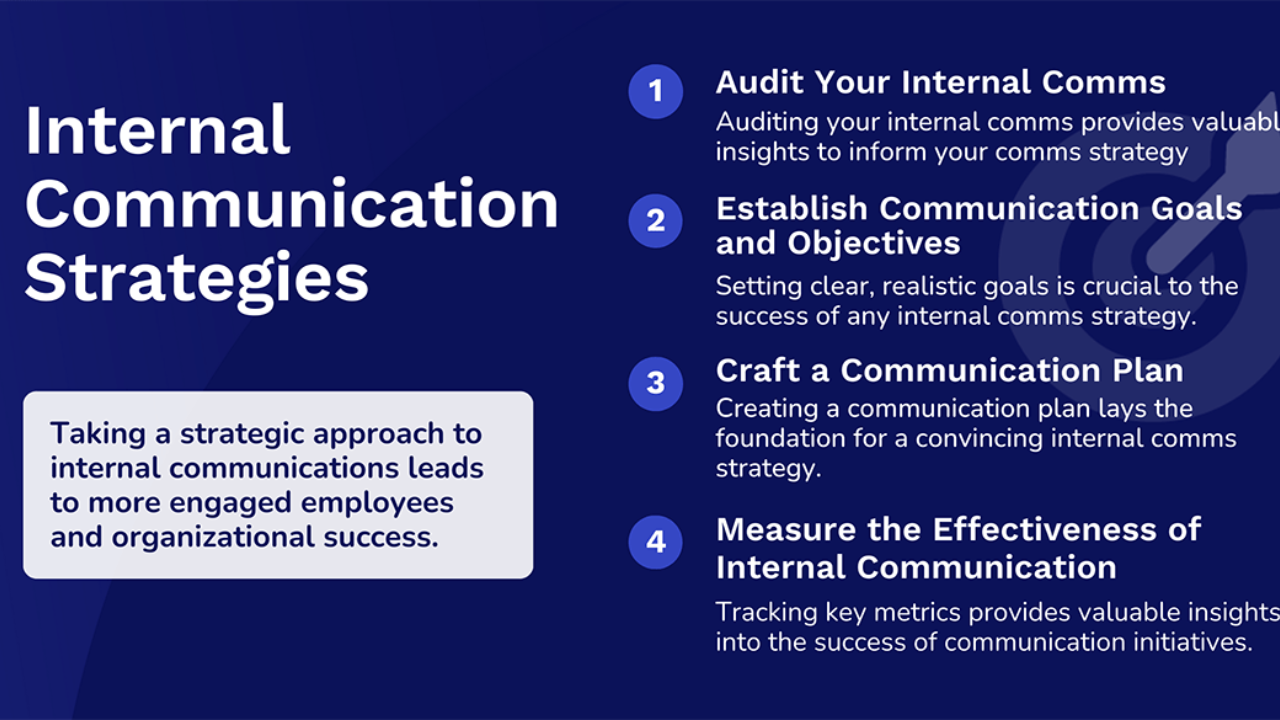
Introduction
In a diverse and multilingual region like Latin America, building a unified ergonomics agenda across multiple countries requires more than common goals—it demands effective internal communication. For ULAERGO (Unión Latinoamericana de Ergonomía), seamless, transparent, and responsive communication has been the foundation of its success. With over a dozen member countries, ULAERGO has developed structured, multilingual, and adaptive communication strategies that allow it to function as a truly regional body.
This article delves into ULAERGO’s internal communication strategies, the platforms and mechanisms used, how they enhance collaboration, and their role in creating shared ergonomic knowledge and action across Latin America.
Objectives of ULAERGO’s Internal Communication
ULAERGO’s internal communication strategy is designed with these core goals:
- Promote information flow across member countries.
- Facilitate decision-making in a democratic and participative way.
- Coordinate activities and events regionally and nationally.
- Share knowledge and research in a timely and organized manner.
- Preserve institutional memory through records and documentation.
Key Communication Channels and Tools
To ensure wide accessibility, ULAERGO has adopted a hybrid communication system, blending traditional and modern digital tools:
| Communication Channel | Purpose |
|---|---|
| Email and Mailing Lists | Official communication, reports, and minutes |
| WhatsApp and Telegram | Fast updates and real-time coordination |
| Google Drive/Dropbox | Shared documents, project files, and archives |
| Virtual Meetings (Zoom) | Executive sessions, assemblies, working groups |
| Website and Intranet | Public info and member-restricted content |
| Social Media (closed groups) | Informal networking and resource sharing |
Levels of Communication
ULAERGO uses three levels of internal communication to manage the different layers of its structure:
1. Executive-Level Communication
- Between the President, Vice President, and Executive Board members.
- Focuses on strategic decisions, crisis management, and governance.
2. Commission-Level Communication
- Among members of specific working groups or thematic commissions.
- Deals with research initiatives, standards development, and regional projects.
3. Country-to-Country Representative Communication
- Involves National Representatives.
- Coordinates country activities, translates regional policies into local implementation, and collects feedback.
Translation and Multilingual Management
Given the linguistic diversity of Latin America—mainly Spanish and Portuguese, with some French—ULAERGO’s communication strategies include:
- Bilingual documentation (Spanish and Portuguese).
- Simultaneous interpretation during major assemblies.
- Multilingual moderation in online forums and WhatsApp groups.
This inclusivity helps avoid language barriers and ensures full participation from all members.
Frequency and Type of Communications
| Communication Type | Frequency | Audience | Purpose |
|---|---|---|---|
| General Assembly Updates | Bi-annually | All national representatives | Policy review and decision-making |
| Commission Updates | Monthly | Commission members | Progress sharing, issue resolution |
| Executive Board Meetings | Quarterly | Executive Board | Strategy, budget, elections, coordination |
| Country Progress Reports | Annually | National reps, executive board | Documentation of national activities |
| Emergency Communications | As needed | All stakeholders | Urgent decisions or crisis coordination |
ULAERGO Intranet and Knowledge Management
ULAERGO is in the process of developing a member-only intranet portal, which will enhance internal communication by:
- Hosting recorded meetings and webinars.
- Sharing best practices, case studies, and white papers.
- Providing document repositories from past events and commissions.
- Facilitating real-time member interaction through forums.
This strategy ensures institutional continuity and strengthens the transfer of ergonomic knowledge.
Advantages of ULAERGO’s Communication Strategy
ULAERGO’s approach has brought measurable benefits:
- Quick coordination across borders during joint events.
- Higher engagement in technical commissions.
- Improved democratic participation in elections and policy votes.
- More unified representation of Latin America in global ergonomics platforms.
Challenges in Communication and Overcoming Them
Despite its success, ULAERGO faces common regional communication barriers:
| Challenge | Mitigation Strategy |
|---|---|
| Time zone differences | Rotating meeting times and asynchronous discussions |
| Internet connectivity issues | Sharing recordings and using mobile-friendly platforms |
| Language diversity | Use of translators and multilingual coordination |
| Volunteer burnout | Delegation, shared responsibilities, and rotation |
Communication Strategy Overview Table
| Element | Function |
|---|---|
| Multilingual Platforms | Enable inclusivity and participation |
| Hybrid Channels | Combine fast messaging with formal documentation |
| National Feedback Loops | Ensure grassroots involvement in decision-making |
| Scheduled Assemblies | Provide structure and predictability |
| Asynchronous Tools | Overcome time-zone and access limitations |
| Knowledge Repositories | Support historical continuity and training |
Recommendations for Future Communication Enhancement
To stay at the forefront of regional ergonomics collaboration, ULAERGO can consider:
- Creating a mobile-friendly internal app for faster access to documents and meetings.
- Implementing Slack or MS Teams to streamline commission communications.
- Using AI-assisted translation tools for faster bilingual documentation.
- Offering communication training for representatives to strengthen regional leadership.
FAQs
1. How does ULAERGO ensure participation from all countries?
By using multilingual tools, rotating meeting times, and digital platforms accessible even in low-bandwidth areas.
2. What platform is used for official decision-making communication?
Zoom for meetings, email for formal resolutions, and shared drives for documentation.
3. Can non-representative members access internal communications?
Yes, through working groups, commissions, and country-level affiliations, under supervision.
Conclusion
ULAERGO’s success as a Latin American ergonomics network lies not just in shared values but in its strategic and inclusive internal communication. By fostering fluid, multilingual, and participative communication across national boundaries, ULAERGO continues to prove that with the right tools and strategy, a regional organization can operate with the precision and cohesion of a local one.

